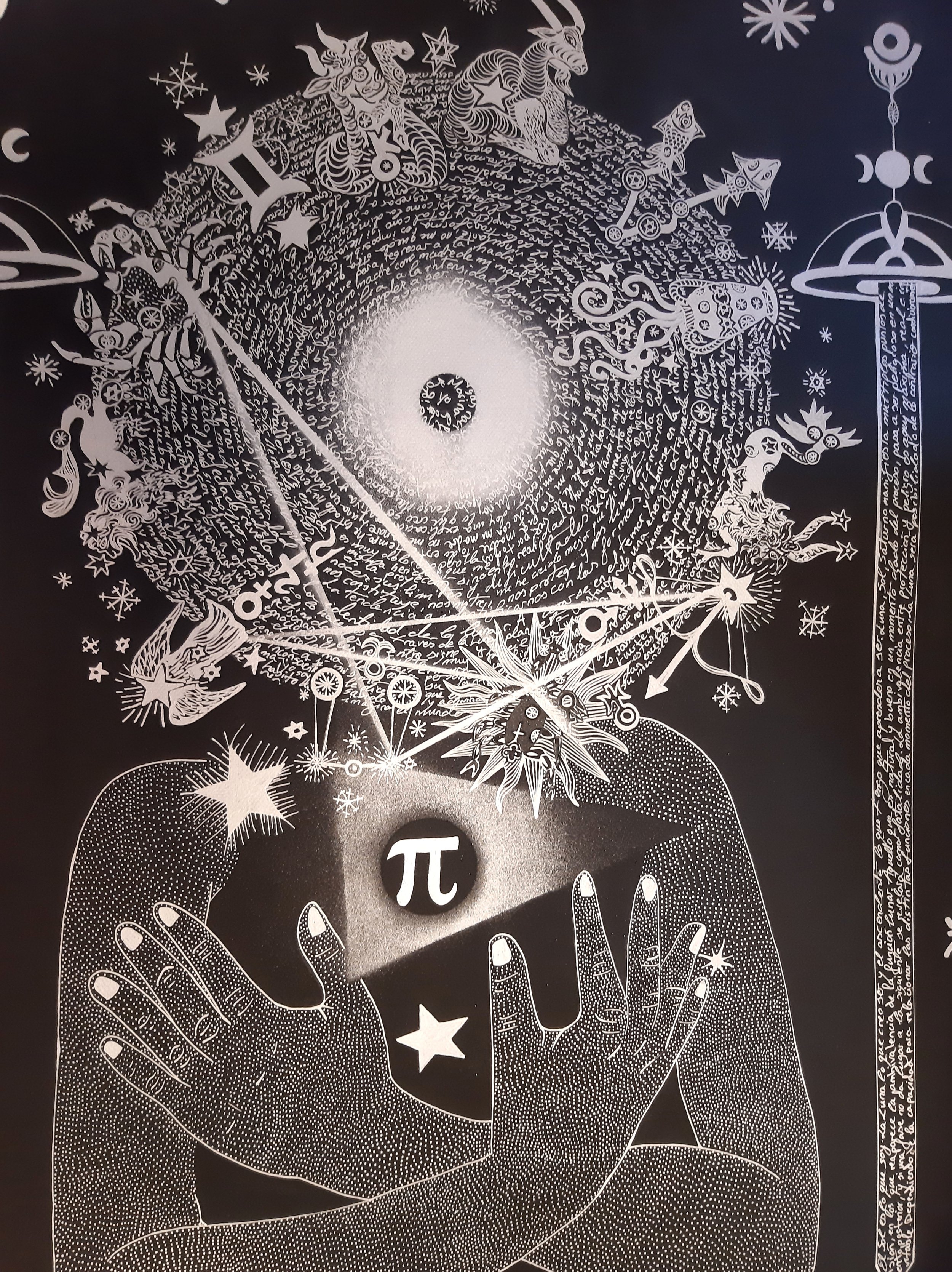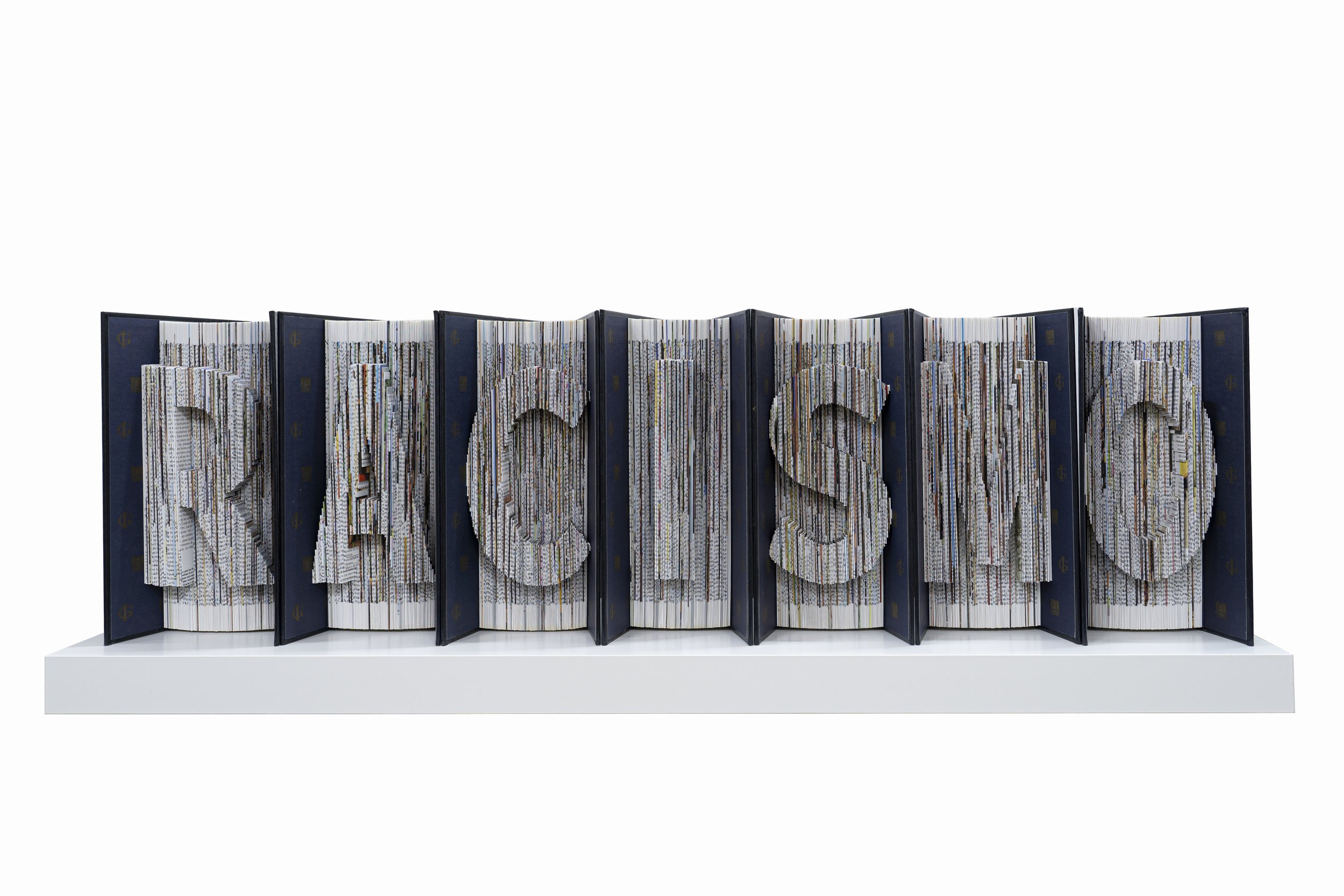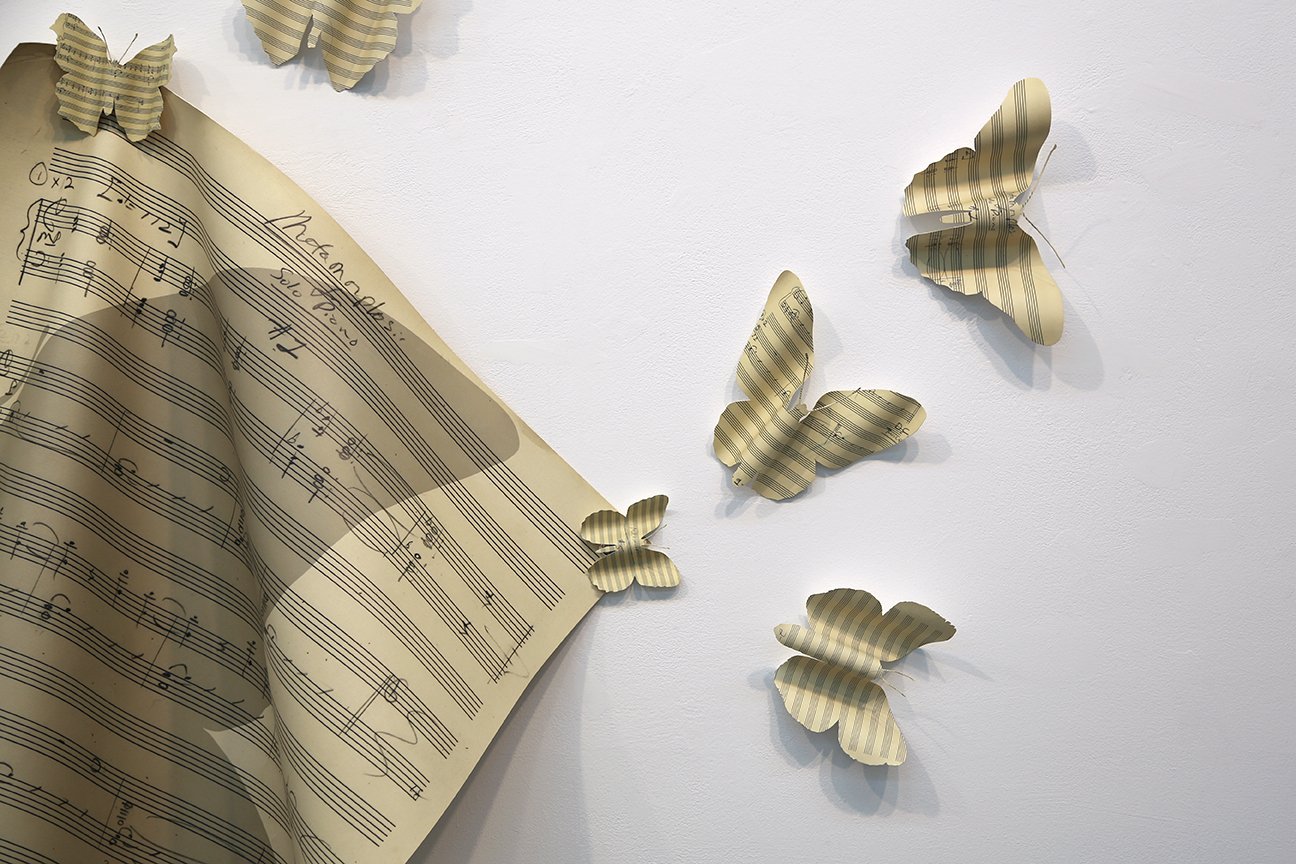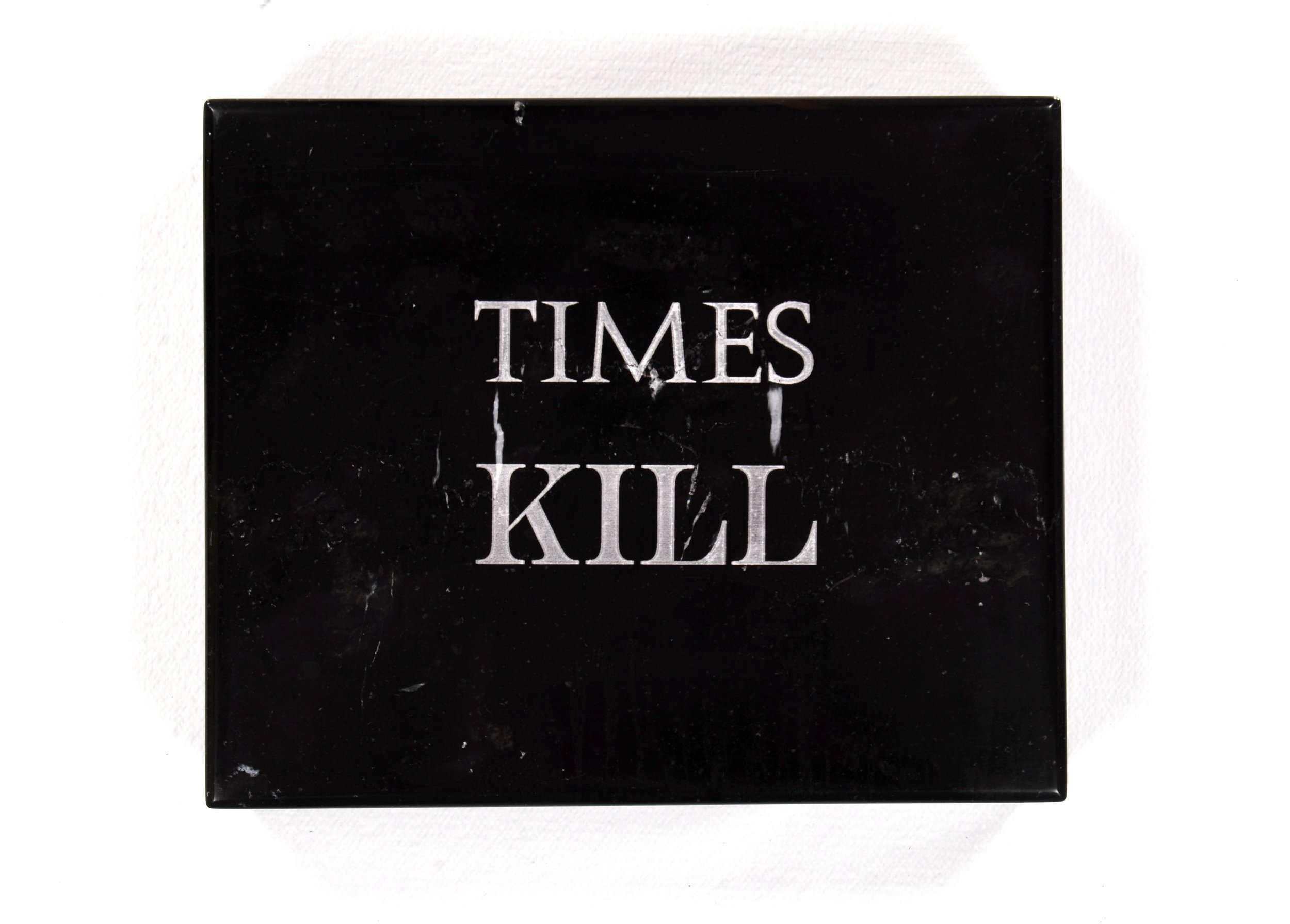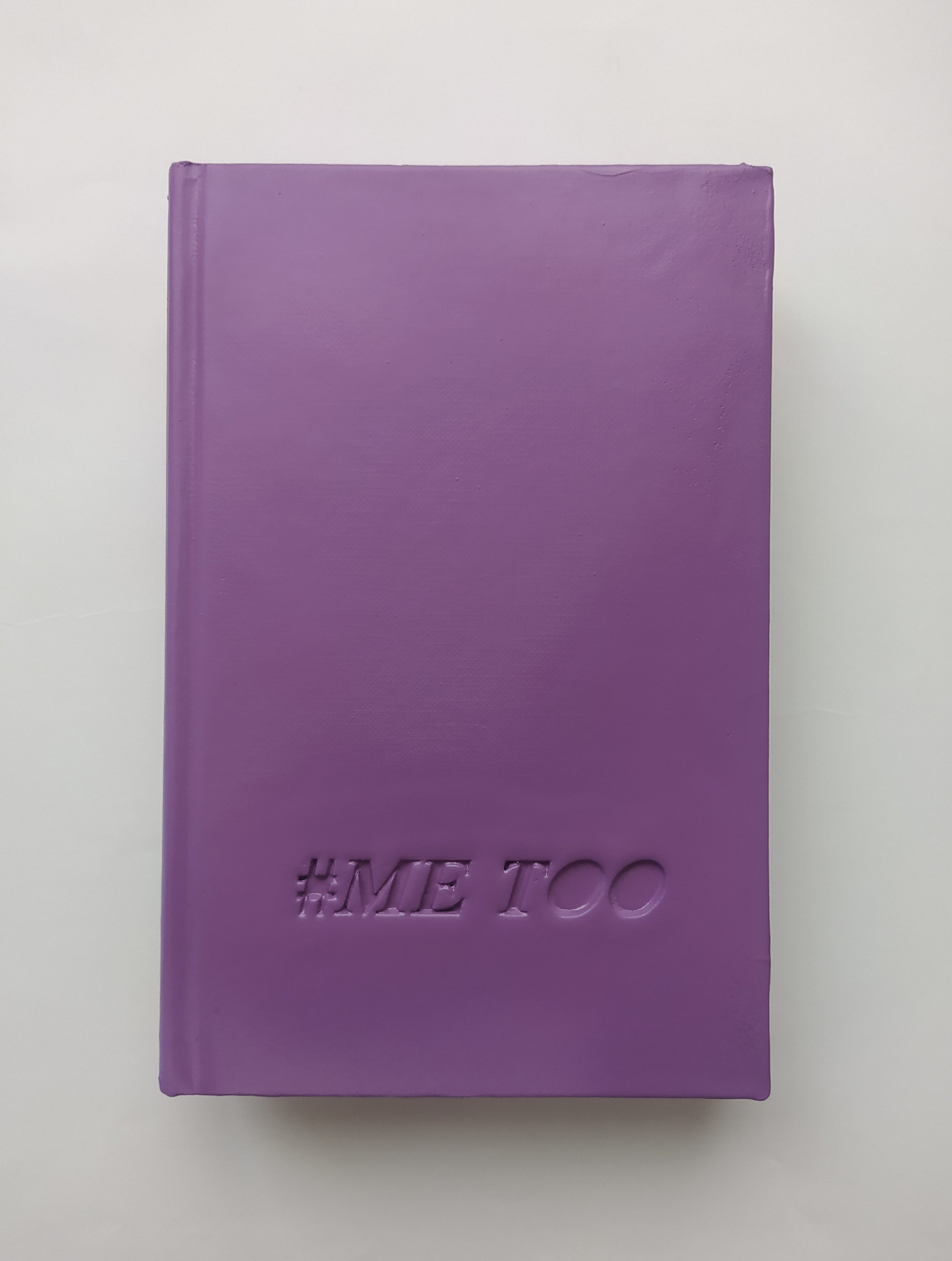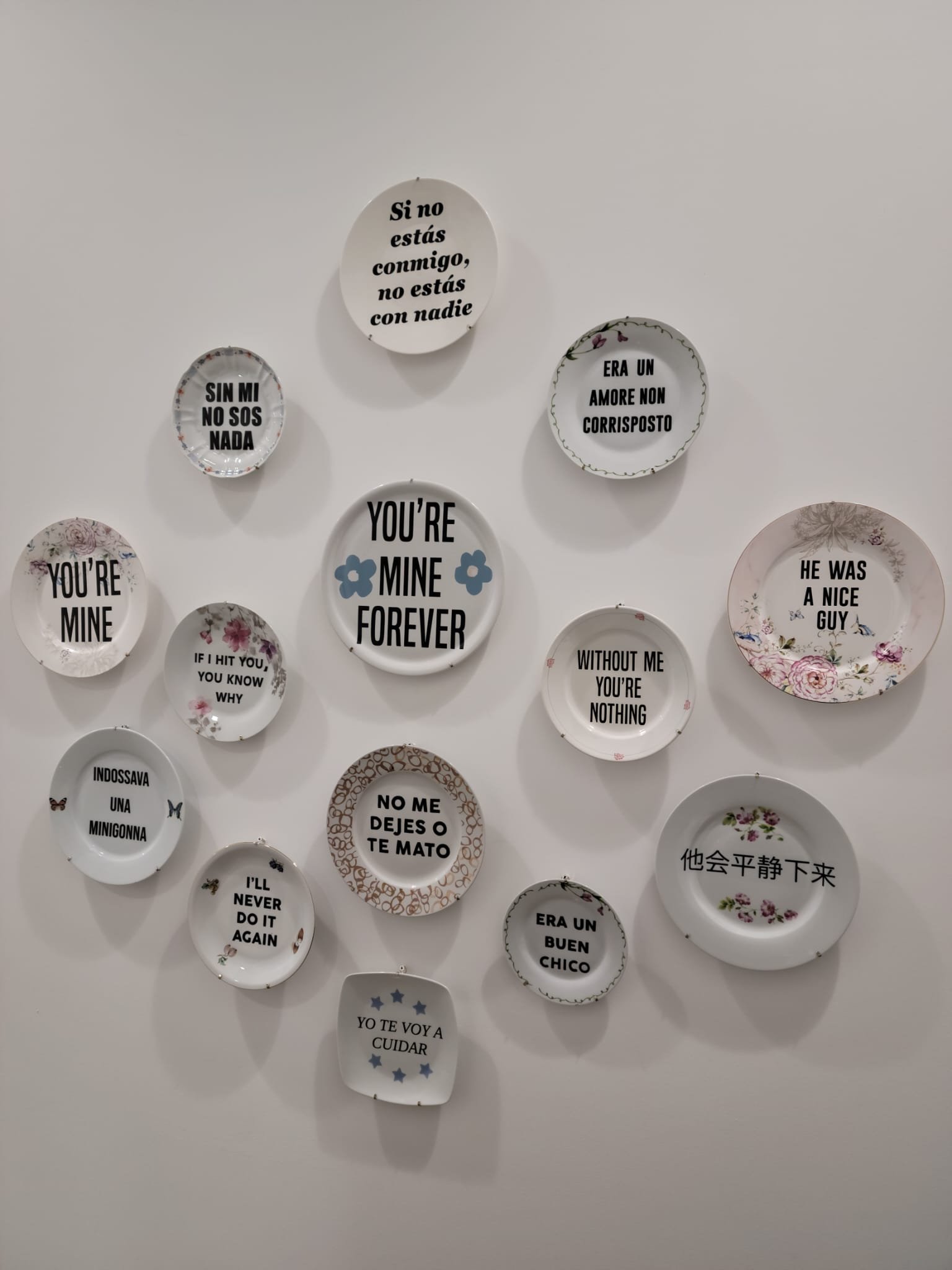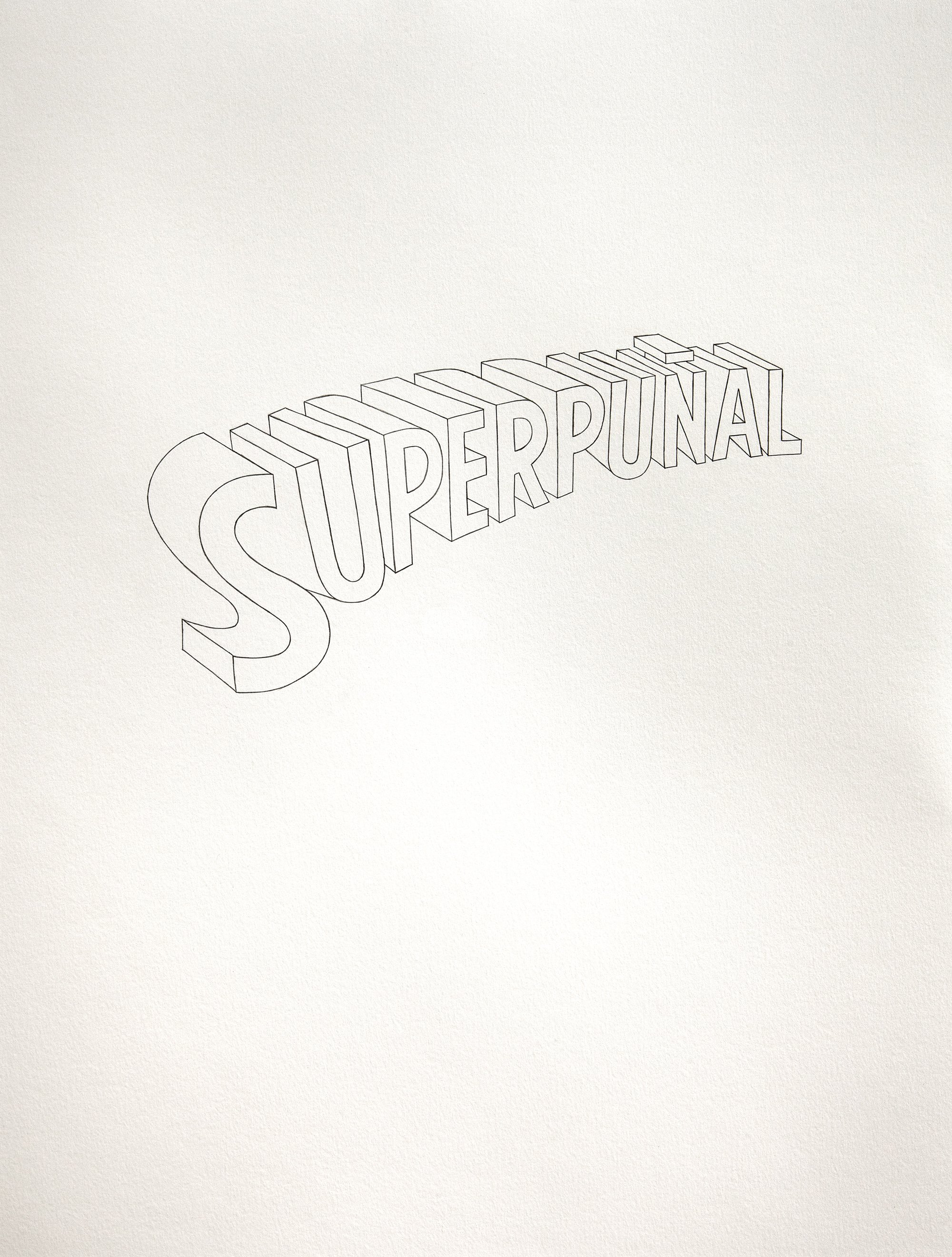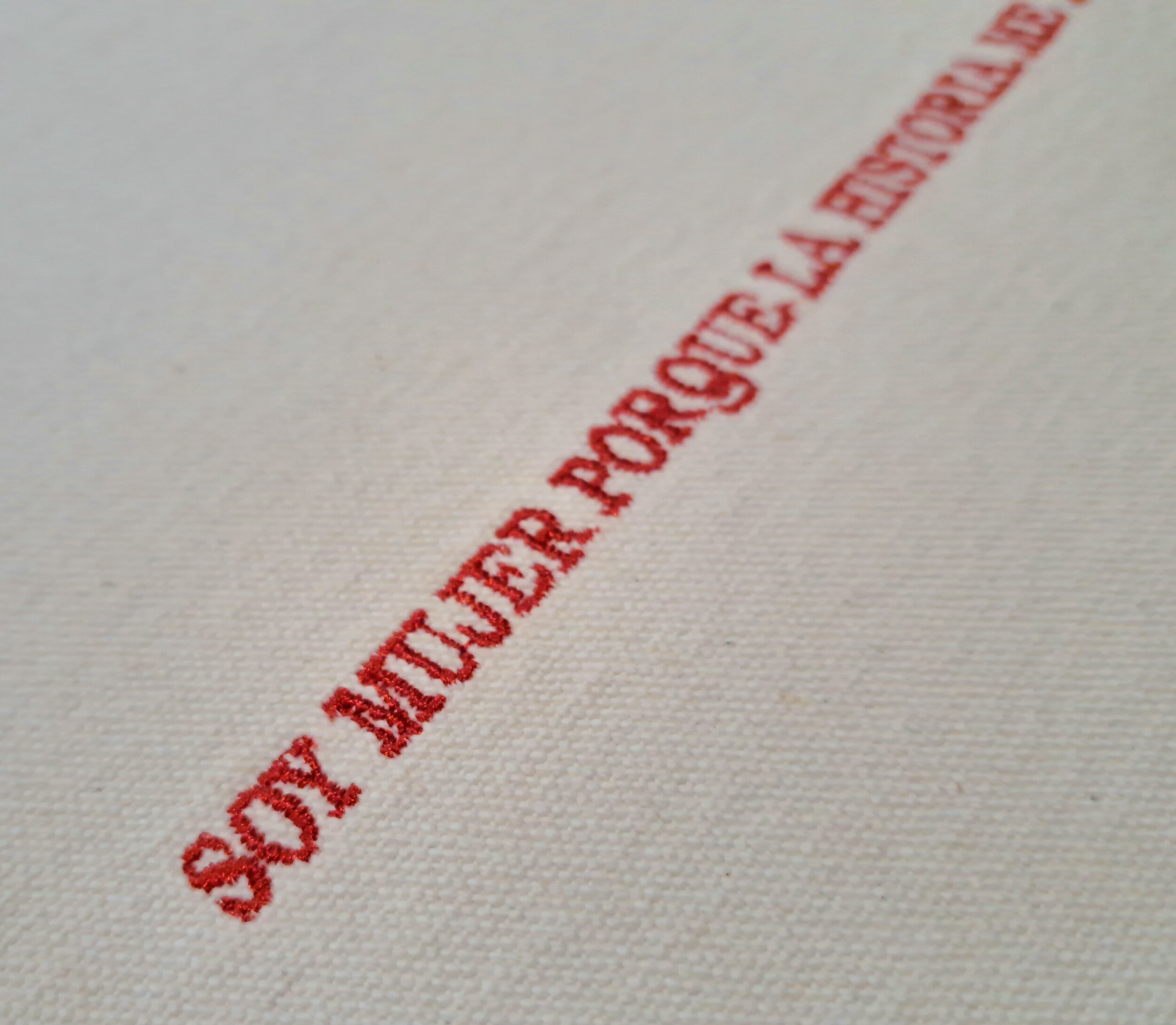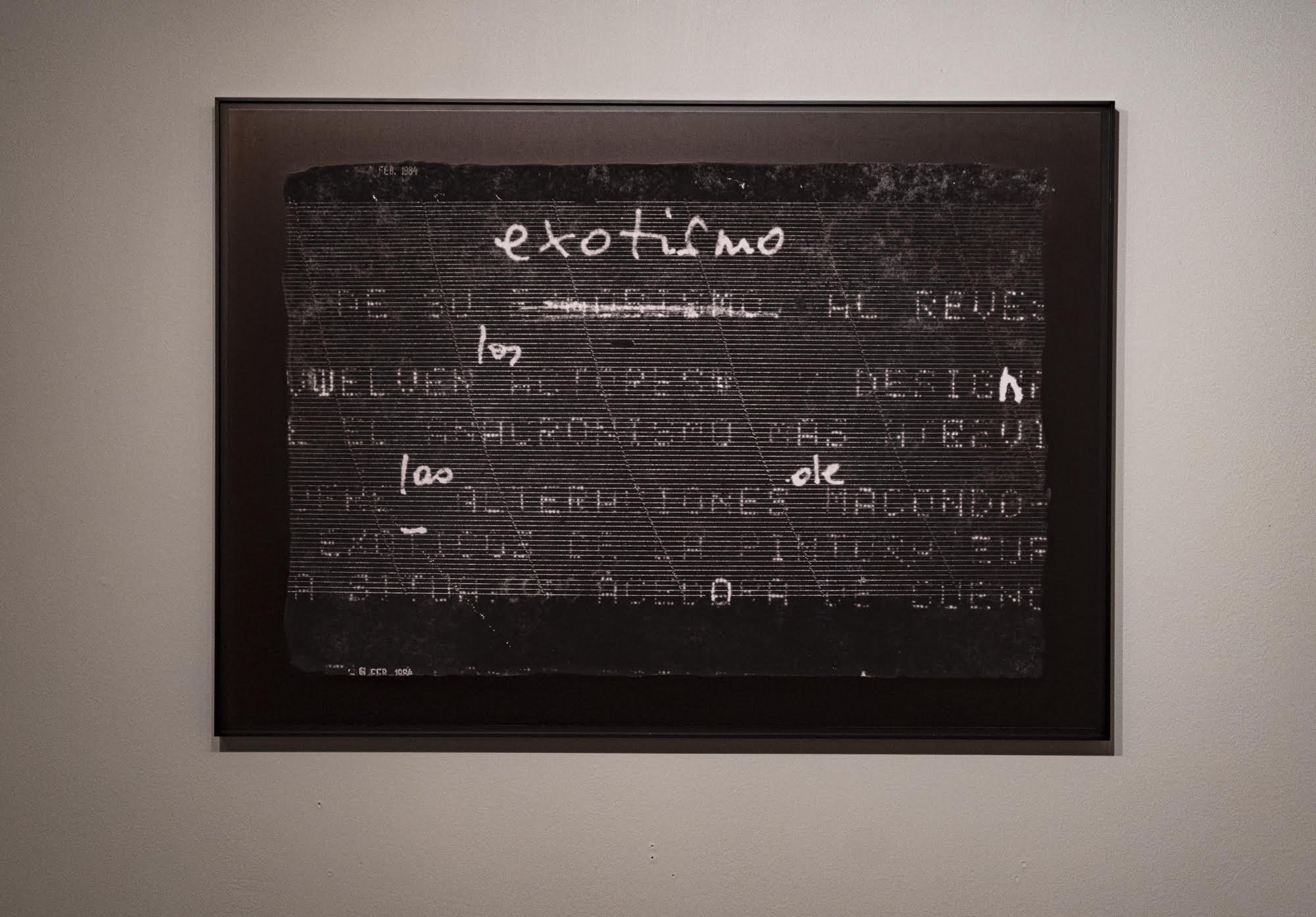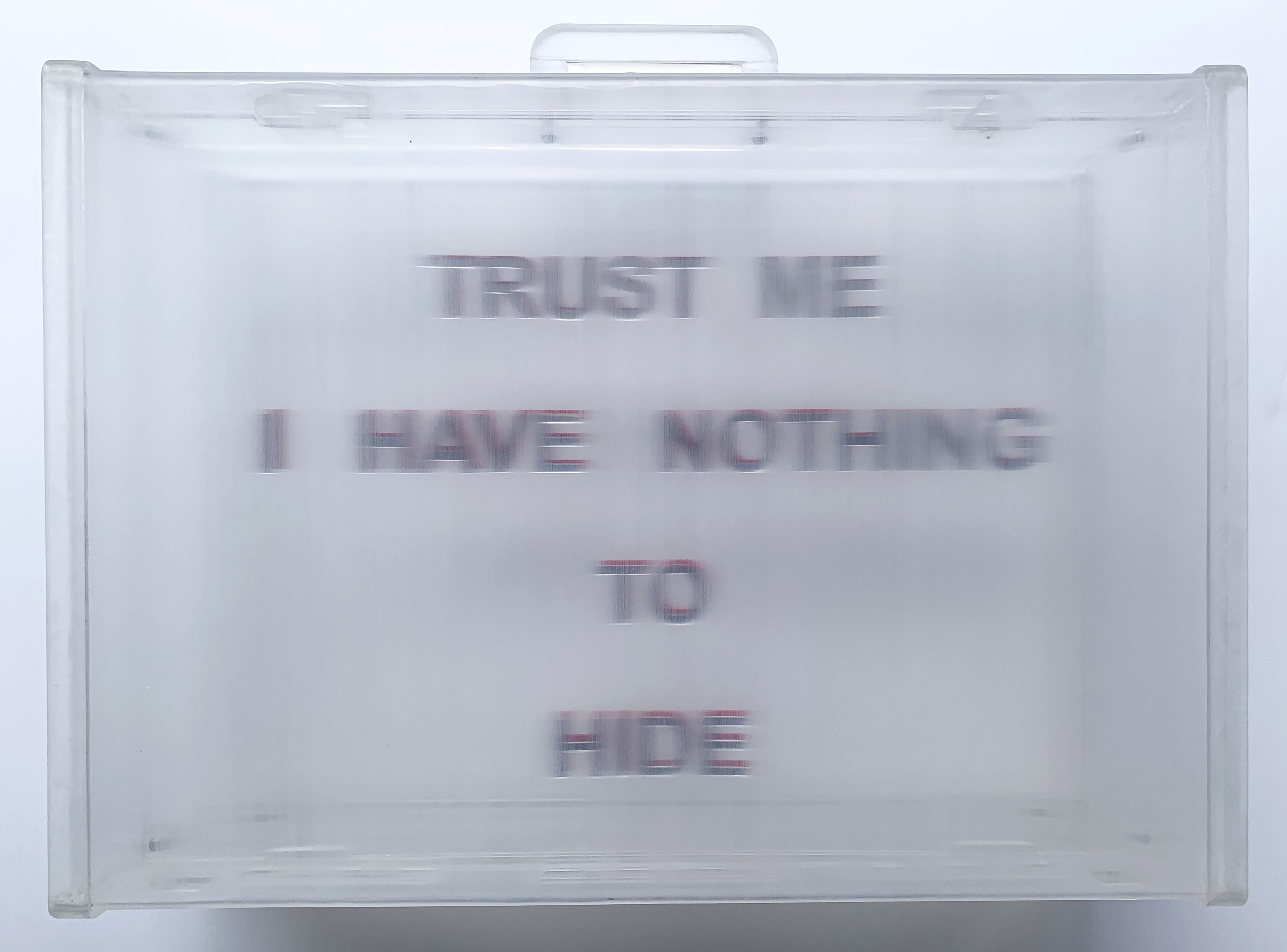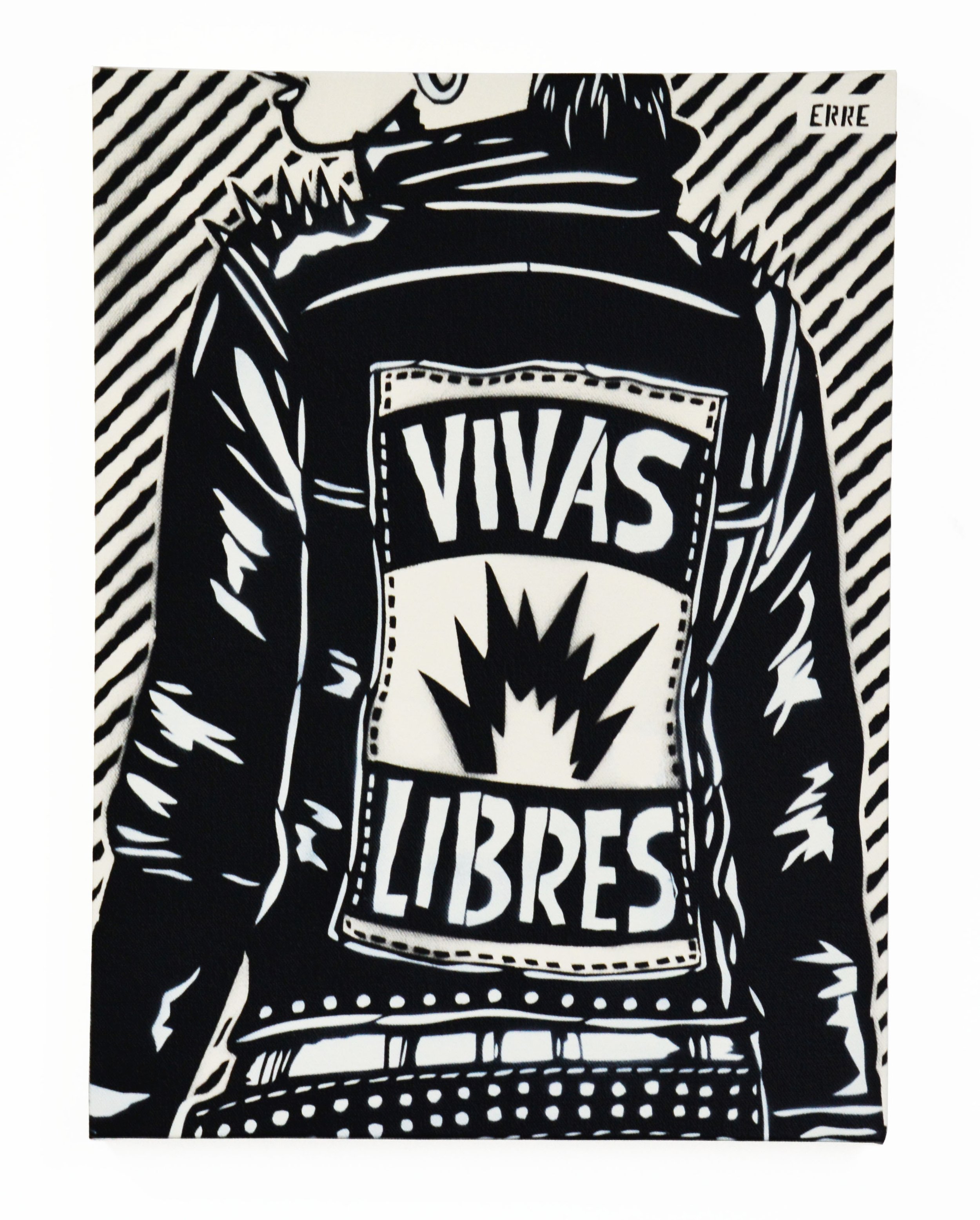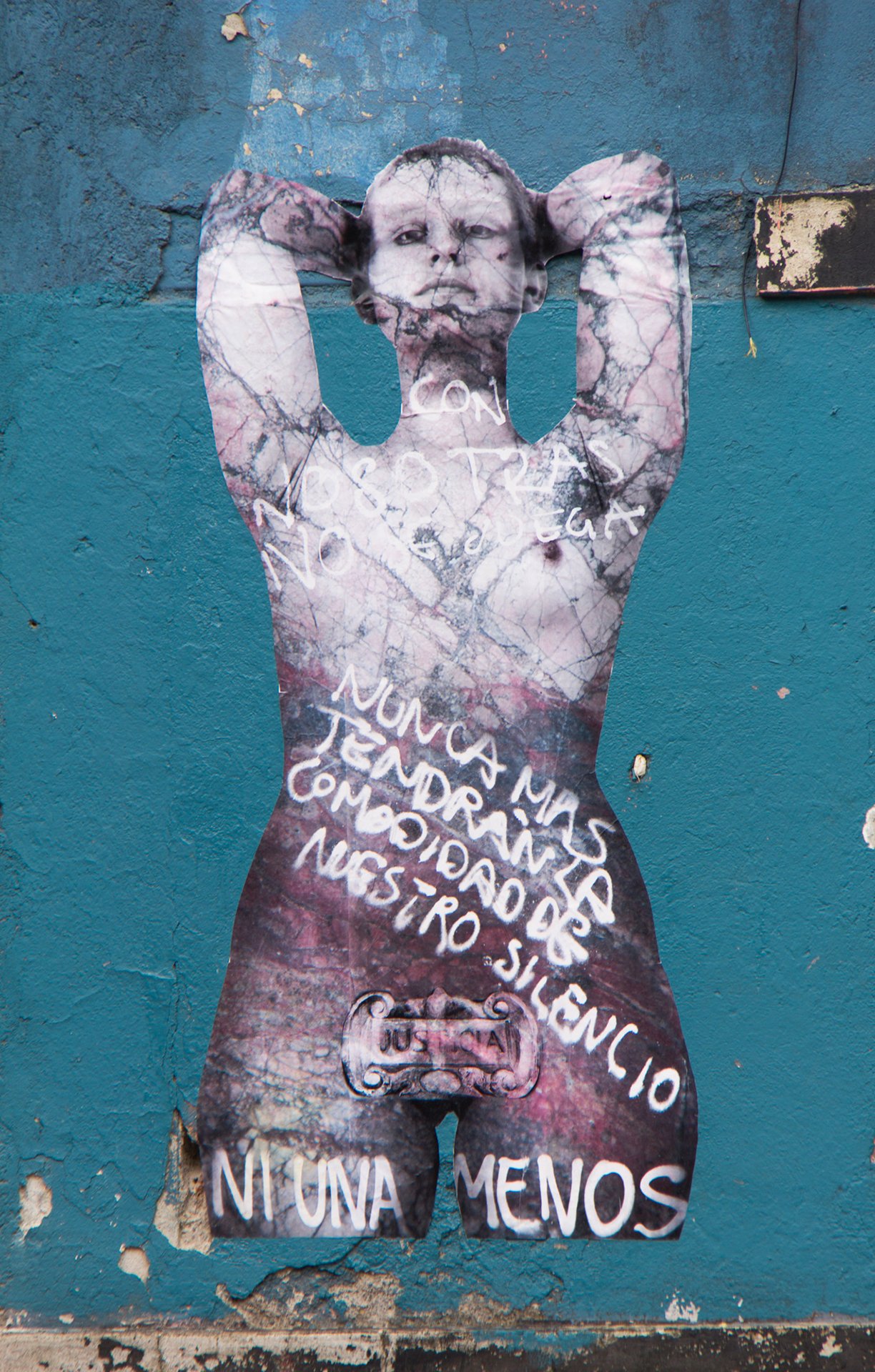Reading Room: Current Words
In Collaboration with Beta Gallery
361 Main Street, Kentlands, Gaithersburg, Maryland, 20878 USA
August 27 - October 22, 2022
Artists
Reading Room: Current words
Cultures shape our environment, habits, ideas, words and an immense amount of content. All this generates group identities and personal identities. Herder spoke of Volkgeist -the spirit of the people- to reflect this fact. Art does not distance itself from it, on the contrary it reflects that spirit of the people, as well as the spirit of the times, that is to say, the Zeitgeist.
In the Reading Room: Current Words, the gallery will become a large reading room, with more than 50 works by 16 artists, determined to find new ways of reflecting on contemporary art and the spirit of the times.
In this Reading room, words and images are not dissociated, but rather become the very object of the work. A divergent language with multi-directional reading, under an aesthetic approach that seeks not to raise certainties, but rather universal questions that emphasize better possibilities for our life in community.
Within these concerns, the treatment of women in history, of minorities, of women's rights over their own bodies, are key issues on which seven artists will make us reflect. They are Priscilla Monge, Lorena Wolffer, Silvia Levenson, Cerrucha, Eugenio Merino, Avelino Sala and Acaymo Cuesta.
Priscilla Monge explores the power relations that exist over the female body as a catalyst for policies, where femininity operates as a way of disciplining the female body. Showing, in the case of the exhibited piece, the presence of violence in everyday life and in the often invisible joints between aggression, pleasure, love and tenderness.
Lorena Wolffer, always present with elements of denunciation and resistance, clearly exposes the use and power of the word at the intersection of art, activism and feminism. I am a woman because it is a project that compiles phrases taken from the internet to reveal and refute mandates associated with behavior and the creation of labels for women.
In the series Winged Victories by artivist Cerrucha, the four goddesses at the base of the Monument to Independence, known as the Angel of Independence in Mexico, come to life embodying the most powerful slogans that were inscribed during the most emblematic feminist march in Mexico.
Levenson denounces violence against women and structural violence. She analyzes the fear, discrimination and violence that begin at an early age, using a very traditional craft material to describe, not what we put on top of our furniture, but what we carefully hide.
Acaymo Cuesta is interested in the use of the word as a shaper of the individual and in its use as a tool of control and indoctrination. As Orwell said in 1984 “if thought corrupts language, language can also corrupt thought”. Cuesta's pieces work like an open book, immersing us in a narrative that is told by each of the letters that we find in the details and by the pieces in themselves, always reflecting the dystopia of the societies in which we live. Hence his work Herstory: a term that describes history written from a feminist perspective and emphasizing the role of women.
Avelino Sala and Eugenio Merino create patterned rugs with macho phrases from philosophers, scientists and intellectuals, selected from the book La Arithmética del Patriarcado. Merino and Sala use the rug as a canvas; as a place where messages are spread through words, in this case popular phrases written or declared throughout history by very important philosophers or scientists in the history of mankind. In all these sentences, women are humiliated or relegated to an absolutely perverse role, affirming their lack of the basic values that those same men were using to establish their idea of the world.
The Greeks used to have two meanings for the word utopia: “eu-topos” meaning the good place, and “ou-topos” meaning the place that cannot be. Cesar Martínez elegantly portrays the death of the utopias of societies. The piece -Community Requiem- is a clear example of this.
Marina Vargas shows the meta-language and takes the Marseille tarot deck as an object of study, showing what is hidden behind each image: archetypes, symbols and numerology.
Muriel Hasbun simultaneously refers to the history of earthquakes in El Salvador and a history of art that managed to survive, in this case with a text typed and later corrected by hand by her mother, who very ironically counteracts the accusations of exoticism in the work of Valenzuela and other artists considered “exotic” in Central America.
Also with great irony, Iraheta's interest with the Superlatives project is to question the stereotypes that constitute idealizations of progress and success, and what it means to be a hero in historical terms of modernity. In this context, Iraheta develops an investigation on the use of superlatives in Latin American countries, words with the prefix "super" that exaggeratedly describe people or situations.
Davis Birks and Erika Harrsch address immigration issues directly and ironically. Birks does it with a suitcase that says “I have nothing to hide” placing the focus on the surveillance and monitoring that millions of people experience every day.
Harrsch masterfully creates a passport of "The United States of North America" with a fictitious shield that unites Mexico, USA and Canada with a Lepidoptera and whose content is the NAFTA agreement with the passage of the Monarch traveling freely and without barriers between the 3 countries.
Between dots and lines, two young artists use the word within the field of urban art. ERRE reinterprets the codes of modern urban art with a personal touch where protest, music and youthful spirit are mixed. Alive, Free and other works by the artist are inspired by her strong conviction and desire for change and social justice.
Worm has focused his career on lettering, from throw ups and block lettering, to wild style. Little people “Graffiting” letters are almost permanent in his work, anticipating the power that they have.
16 artists resignify the power of current and past words and the hermeneutics of art as a collective force of inclusion and hope for a humanity still in development and a Zeitgeist that breaks through dots and lines.
Gabriela Rosso









